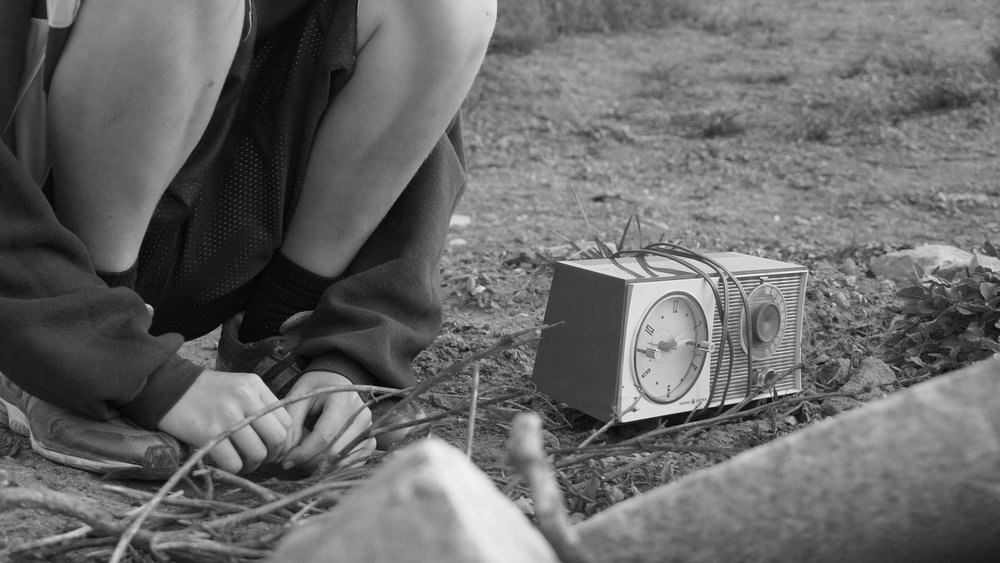COLOR
The Video image...
is made up of different combinations of red, green, and blue light. These three colors, when combined in a variety of ways, can create millions of shades. When colored light is mixed, it's called additive color, because when you combine all of them, you get white.
As you know, film is a photochemical process, and video is photo-electrical. White light is made up of three primary colors: red, green and blue. Different light sources have different proportions of these colors. Our eyes can adjust, but color film and video can’t. Both film and video can only "see" one color of light at a time, and each one has its own way of balancing that light. With color film, you either select tungsten or daylight film, and with video, you use your camera's white balance.
On the left, you have tungsten film used to shoot in daylight. On the right, the photographer used the appropriate daylight balanced film.
On the right above, the photographer is using daylight film to shoot with tungsten light and on the right tungsten film balances the orange, but you can see some blueish sunlight creeping in.
William Kelvin discovered that when he heated a block of carbon it changed color and that every light source has a “color temperature." The carbon under more and more intense heat went from black to red, to blue to white hot
The lower the color temperature the redder the light, the higher the color temperature the bluer the light
Color temperature is conventionally stated in the unit of absolute temperature, the Kelvin, having the unit symbol K. Color temperatures over 5,000K are called cool colors (bluish white), while lower color temperatures (2,700–3,000 K) are called warm colors (yellowish white through red).
•Standard Indoor is 3200K
•Standard Daylight is 5500K
White balance
White balance in digital video recording adds tints (opposite the color wheel) to your video as you are recording
Raw Files, record all of the color data—so your white balance (in camera will be irrelevant) and will be done in post-processing
“A raw file is the image as seen by the camera’s sensor. Think of it like unprocessed film. Rather than letting the camera process the image for you, turning it into a JPEG image, shooting in raw allows you to process the image to your liking.”








